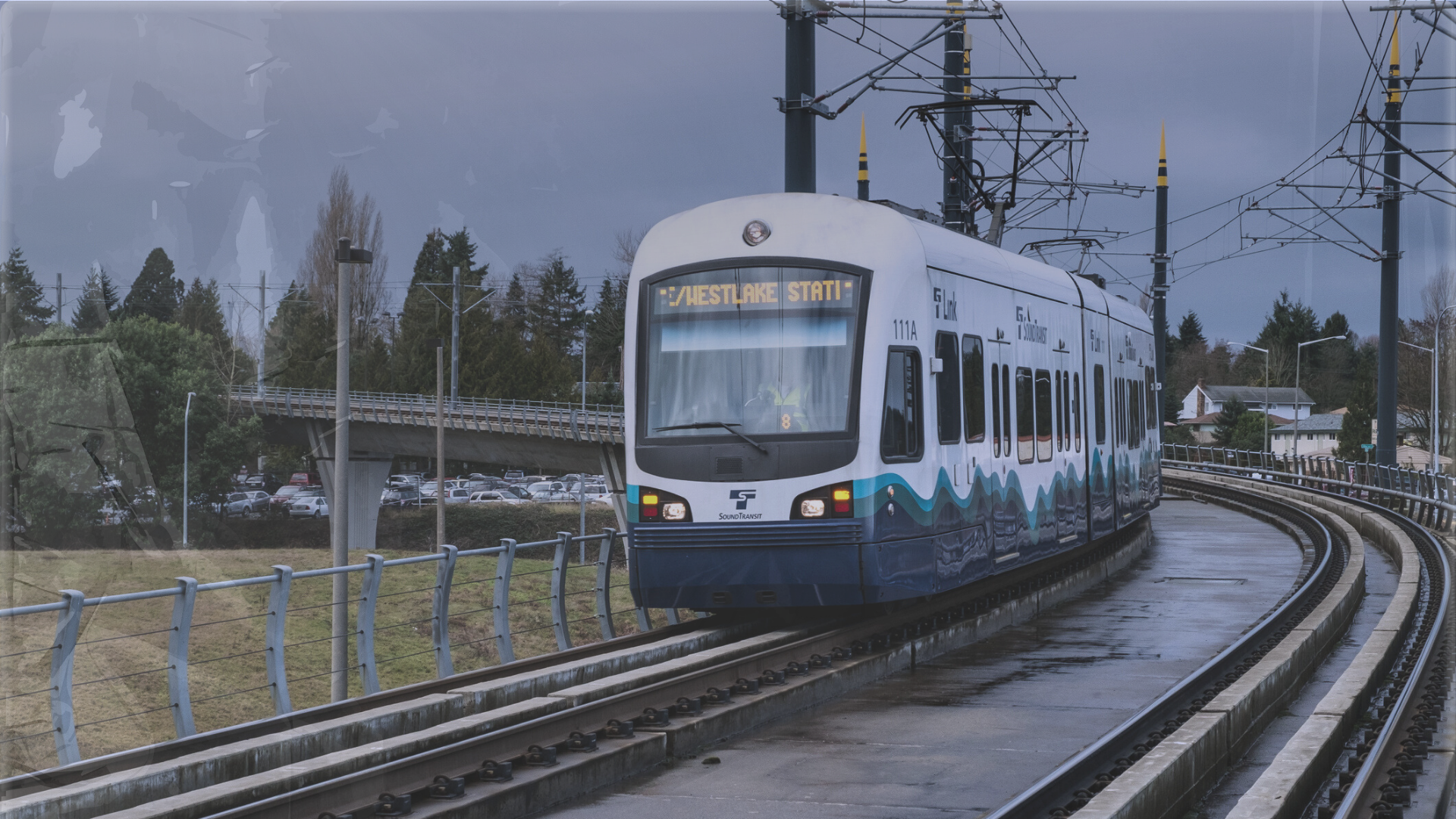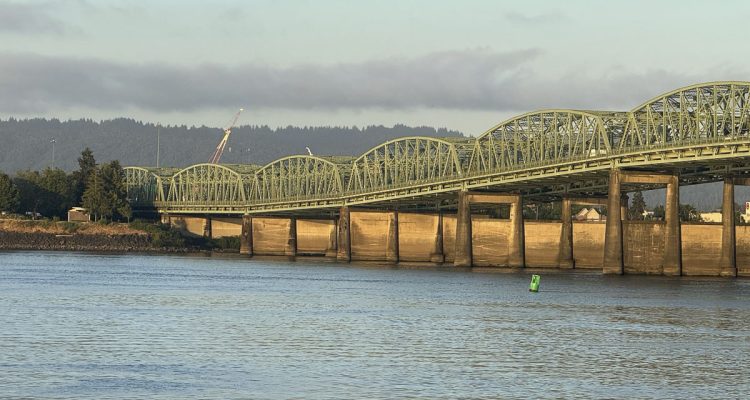Washington State Department of Transportation (WSDOT) Secretary Roger Millar has given up on traffic congestion relief, but apparently not on art.
Secretary Millar is the former Vice President of Smart Growth America. In partnership with Transportation for America (a program of Smart Growth America) and the State Smart Transportation Initiative (SSTI), he is bringing on an Artist-in-Residence for one year.
According to the application, the artist will be tasked with “advancing WSDOT’s transportation system policy goals.” Possible projects may include “supplementing infrastructure design; fostering deeper community engagement with historically underserved communities; [and] aiding WSDOT’s efforts to communicate construction, scheduling, and other updates.”
According to the website, artists-in-residence have “proven effective in rethinking design challenges, increasing community buy-in, fostering deeper community engagement, augmenting planning goals, building relationships with traditionally underserved constituents, and improving outdated processes in routine work.”
The application is fairly short and asks questions like, “What does equity mean to you?” and “How have you used your artistic practice to identify and solve community development challenges?”
According to the Kent Reporter, “ArtPlace America is providing a $125,000 grant for the program, including a $40,000 stipend for the artist and $25,000 for a final project(s) the artist and staff will develop.” WSDOT will contribute “in-kind contributions consisting of work space for the selected artist and staff time for agency workers to collaborate on the groundbreaking new program.”
Transportation for America calls this collaboration with artists in transportation planning - “creative placemaking.” They believe there are seven challenges and solutions in the transportation sector, none of which include traffic congestion relief or increasing people’s freedom of mobility or freedom of choice.
Their solutions include making streets safer for pedestrians and bicyclists by “helping transportation professionals empathize with all users,” “helping equip communities to organize and advocate for more equitably distributed transportation investments,” and fostering “local stewardship by incorporating community-sourced artistic and design elements into transportation projects.”
Most notable is solution number seven (pictured above) – healing “wounds and divisions” that are “created by urban highways and other detrimental transportation infrastructure by physically and culturally reconnecting communities.”
This is a wrong approach in a region where drivers want more - not less - capacity and faster trips on our highways to get to jobs and spend time with family and friends. Many people view the highways T4A calls “detrimental transportation infrastructure” - the lifeblood of America’s economy and national security.
Sadly, the Secretary’s choice to partner with T4A seems fairly consistent with WSDOT’s current, broad transportation policy goals.






